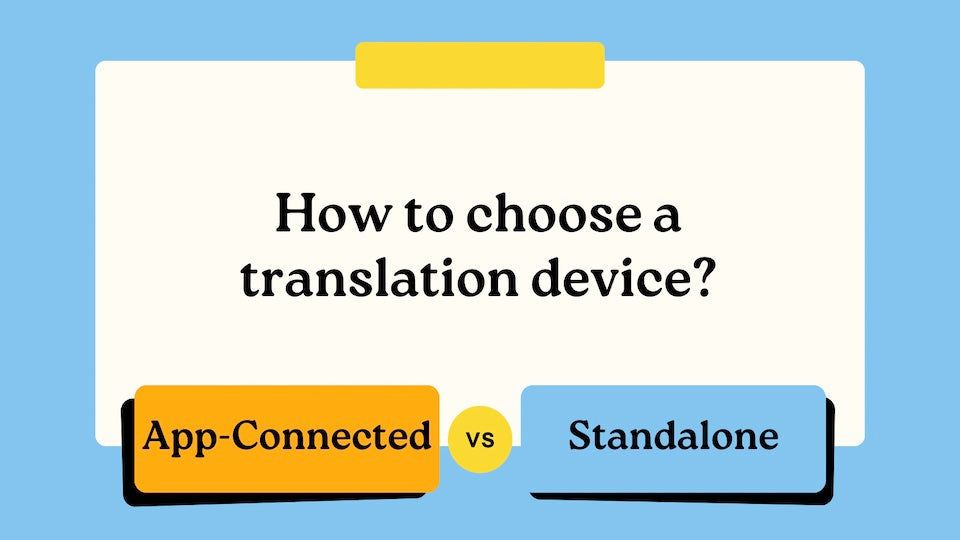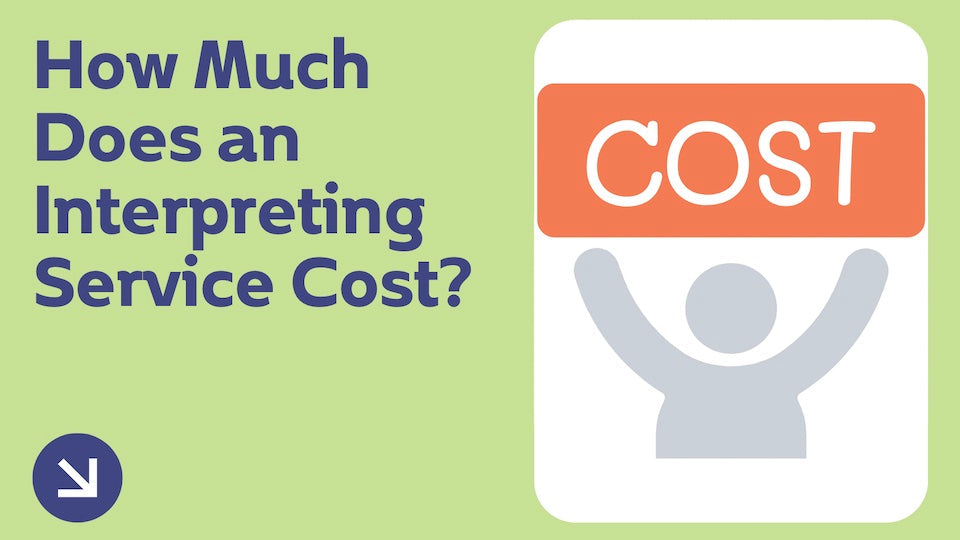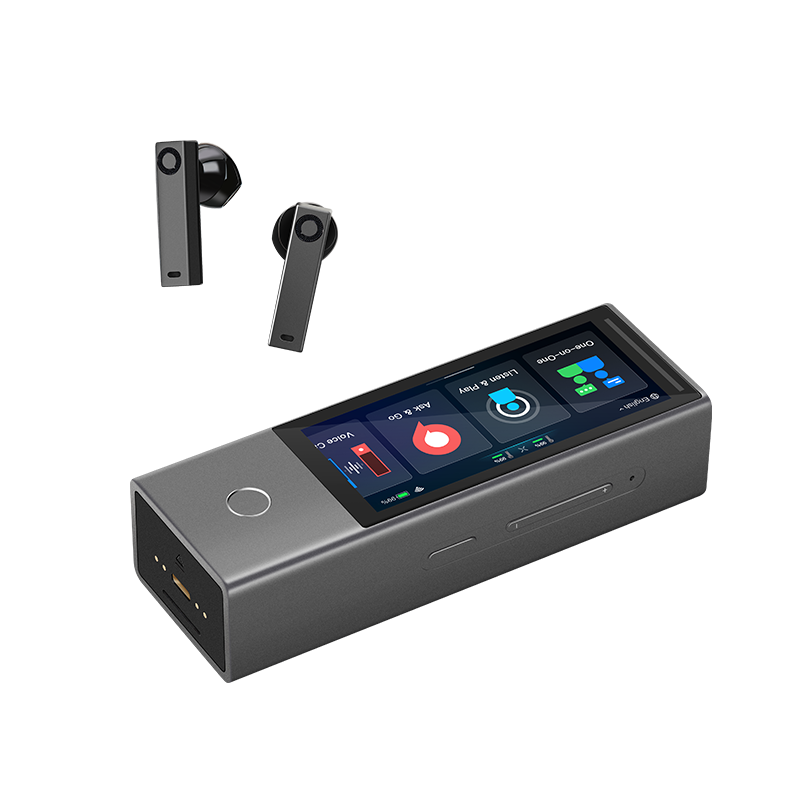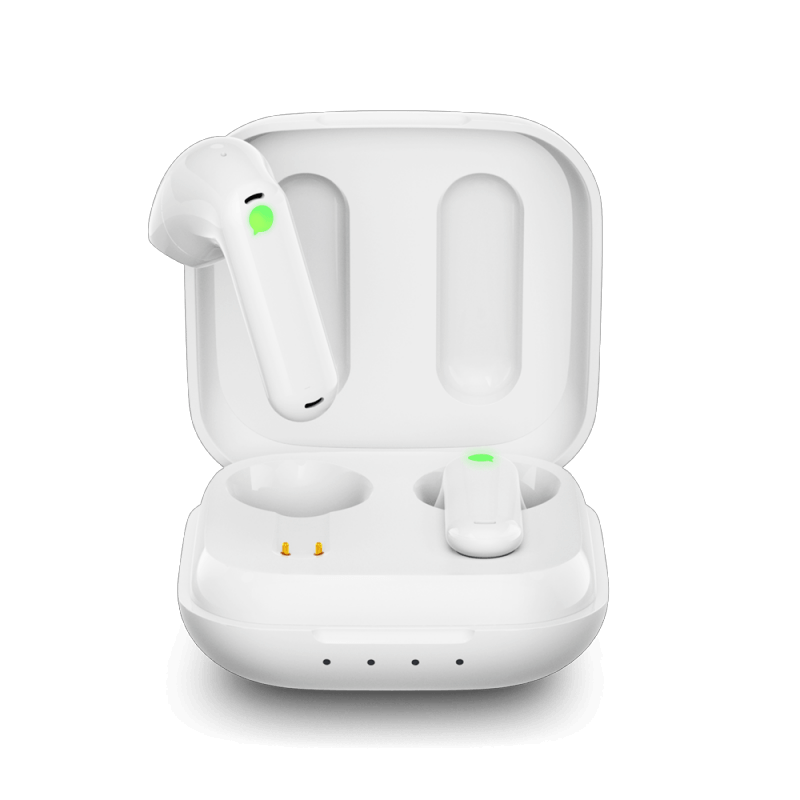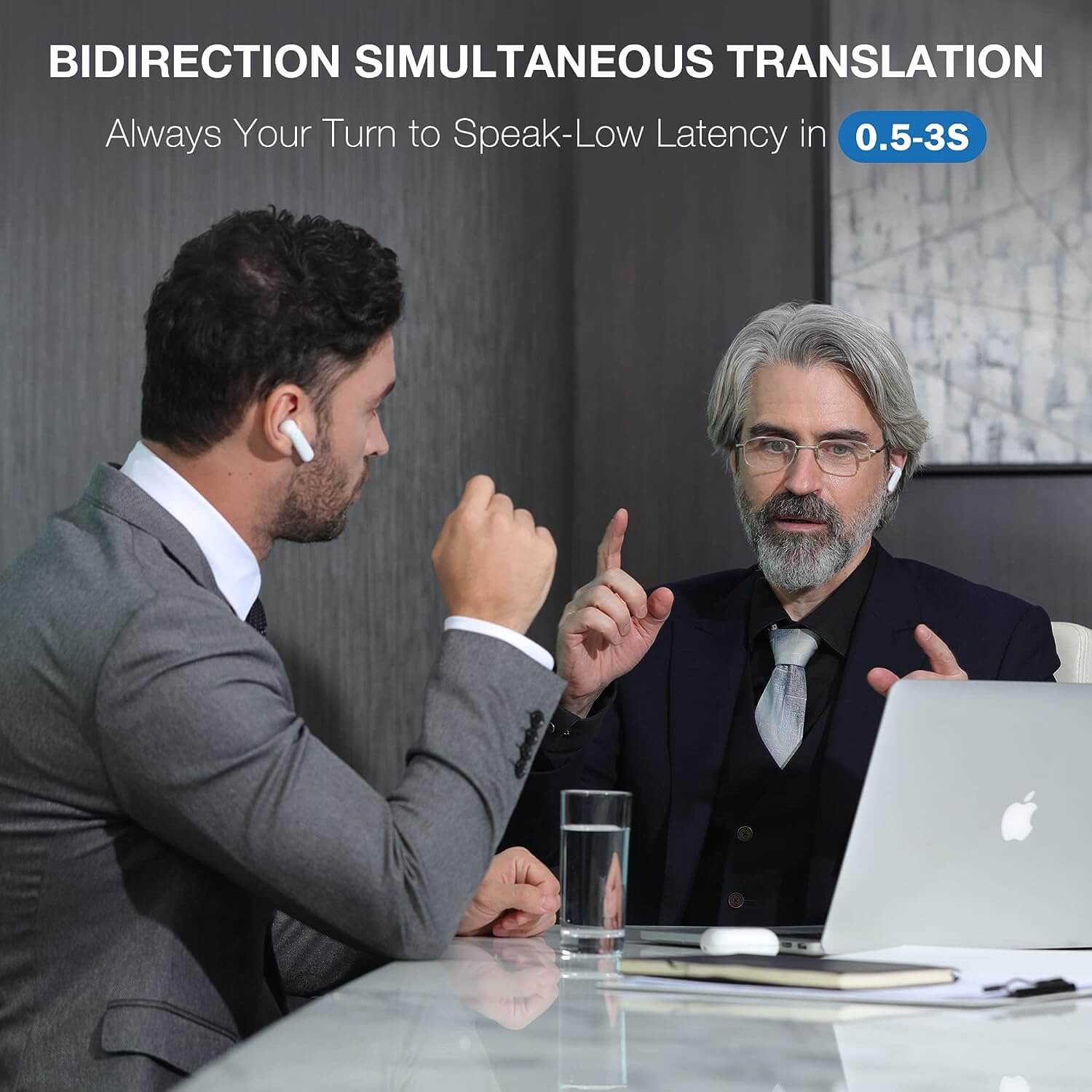
Is Spanish Hard to Learn? A Comprehensive Guide for English Speakers
Learning a new language opens up new cultures, experiences and opportunities. For English speakers looking to expand their language horizons, Spanish often tops the list. But is Spanish really easy for English speakers to learn? Yes, For English speakers, Spanish ranks among the most accessible foreign languages to learn. This article explores the similarities between Spanish and English, the challenges you’ll face and how to become conversational in Spanish.
Why Spanish Is Relatively Easy for English Speakers to Learn
Spanish is one of the most straightforward languages for native English speakers to learn. The Foreign Service Institute (FSI) which trains US diplomats in foreign languages, classifies Spanish as a Category I language – the easiest for English speakers. According to FSI research, English speakers need around 600-750 hours of study to become conversational in Spanish.
This is a relatively short time compared to languages like Mandarin or Arabic which require 2,200+ hours. Many English speakers can get basic conversational in a few months of consistent study and intermediate in a year of regular practice.
5 Key Similarities Between Spanish and English

The ease of learning Spanish comes from the many similarities it has with English. These similarities give English speakers a big head start compared to learning languages from completely different language families.
Similar Alphabet and Writing System
Spanish uses the Latin alphabet just like English, with only a few extra characters: ñ and accented vowels (á, é, í, ó, ú). So you don’t need to learn a whole new writing system like you do with languages like Russian, Arabic or Japanese. From day one you can start reading Spanish words even if you don’t understand what they mean yet.
Abundant Cognates
One of the best things about learning Spanish is the thousands of cognates – words that are the same in both languages. Examples are: información (information), música (music), importante (important). Thousands of these cognates exist, so you get an instant vocabulary boost. Many English words derived from Latin have a direct Spanish equivalent, so vocabulary is much easier to acquire.
Similar Punctuation and Capitalization
Spanish and English have many of the same punctuation and capitalization rules. Both use periods, commas and question marks in much the same way. Spanish adds inverted question marks (¿) and exclamation points (¡) at the beginning of sentences, but overall the punctuation systems are very similar so written communication is much easier to learn.
Comparable Sentence Structures
The basic subject-verb-object sentence structure in English translates directly to Spanish. For example: I eat an apple becomes Yo como una manzana. This structure is intuitive for English speakers so you can start communicating meaningful ideas quickly.
Similar Pluralization Rules
Both languages form plurals by adding ‘s’ or ‘es’ to the end of the word. In English a book becomes books, in Spanish libro becomes libros. This pattern is consistent so learning plurals in Spanish is easy for English speakers and eliminates one of the hurdles of language acquisition.
Challenges in Learning Spanish for English Speakers
Spanish is one of the easier languages for English speakers to learn, but it still has some tricky parts. Knowing about these challenges ahead of time can help you plan better ways to learn.
The Rolled "R"
One big challenge is the rolled “r” sound in Spanish. English doesn’t have this sound, so it can be hard to make. It takes practice and tongue exercises to learn how to do it.
There’s also a difference between the soft "r" and the rolled “rr” in words like pero (which means “but”) and perro (which means “dog”). If you don’t get it right, people might still understand you, but it will sound less natural.
Confusing Words (False Friends)
Some Spanish words look like English words but mean something different. These are called “false friends.” For example:
-
Embarazada looks like “embarrassed,” but it means “pregnant.”
-
Actualmente means “currently,” not “actually.”
-
Éxito means “success,” not “exit.”
These mistakes can be awkward, so it’s a good idea to keep a list of tricky words that confuse you.
Different Spanish in Different Places
Spanish is spoken in 21 countries, and not everyone speaks it the same way. For example, people in Spain use different words than people in Mexico or Argentina.
Related Reading: Key Differences Between Latin American Spanish and European Spanish
The word for “car” is coche in Spain but carro in many Latin American countries. The accent, vocabulary, and sometimes even grammar can change. It helps to pick one version of Spanish to focus on so you don’t get mixed up.
Nouns Have Gender
In Spanish, every noun is either masculine or feminine. For example:
-
La mesa (the table) is feminine.
-
El libro (the book) is masculine.
This also affects the adjectives and articles (like “the” or “a”) that go with the noun. English speakers are not used to this, so it takes time and practice to get it right.
How to Learn Spanish More Easily?

Even with these challenges, you can learn Spanish by using smart strategies.
Set Simple, Clear Goals
Don’t just say, “I want to learn Spanish.” Set goals like:
-
“I want to have a 5-minute conversation in Spanish in three months.”
-
“I want to order food in Spanish next time I eat out.”
You can also use levels like A1, A2, or B1 (from the CEFR scale) to know how far you’ve come.
Surround Yourself with Spanish
The more you hear and read Spanish, the faster you’ll learn. This is called “immersion.” You don’t have to live in a Spanish-speaking country to do this. Try things like:
-
Changing your phone’s language to Spanish
-
Watching Netflix in Spanish with subtitles
-
Listening to Spanish music or podcasts
-
Following Spanish-speaking influencers
You can also use translator earbuds like Timekettle W4 Pro to chat with native Spanish speakers.
Use a Good Learning Program
A good learning app or course helps you learn grammar and vocabulary step by step. Some great options are:
-
Duolingo
-
Babbel
-
SpanishPod101
You can also use grammar books or websites when you need extra help understanding the rules.
Practice Every Day
Learning a language is about showing up every day. It’s better to study for 15 minutes daily than 3 hours once a week.
Try to build Spanish into your routine:
-
Use flashcards during breakfast
-
Listen to Spanish while walking or exercising
-
Do a few lessons before bed
You can even track your progress with a calendar or app to stay motivated.
Conclusion
For English speakers, Spanish is one of the easiest languages to learn. The same alphabet, many cognates and similar sentence structure makes for fast progress. While verb conjugations and gendered nouns are a challenge, they’re systematic and learnable with practice.
Your success in Spanish depends on your approach and consistency. With regular exposure to the language, practical application and good learning strategies, conversational fluency in Spanish is within reach for most English speakers. Spanish is worth the effort.
Frequently Asked Questions
How long does it take to become fluent in Spanish as an English speaker?
Basic conversational ability can develop in 3-6 months of consistent study, but fluency typically takes 1-3 years depending on your definition of fluency, study intensity and natural language ability. FSI estimates 600-750 hours for professional working proficiency.
Is Mexican Spanish or Spain Spanish easier for English speakers?
Neither is easier, but some find Latin American Spanish (including Mexican) slightly more accessible due to clearer pronunciation. Choose the variant most relevant to your goals – if you’re going to travel to Mexico or work with Mexican colleagues, focus on Mexican Spanish.
Can I learn Spanish just using free apps?
Free apps are a great starting point but work best as part of a bigger learning strategy. Combine apps with conversation practice, immersion activities and structured grammar study for best results.
Is Spanish harder or easier than French for English speakers?
FSI classifies both as Category I languages and require similar study time. Spanish has more consistent pronunciation and spelling rules, French has slightly more vocabulary in common with English. Individual learning experiences vary depending on personal ability and prior language exposure.
At what age is it too late to learn Spanish?
Never too late to learn Spanish or any language. Children may pick up pronunciation more naturally, but adults learn grammar and vocabulary more efficiently due to developed learning strategies and understanding of their native language structure. Successful language learners start at all ages.




